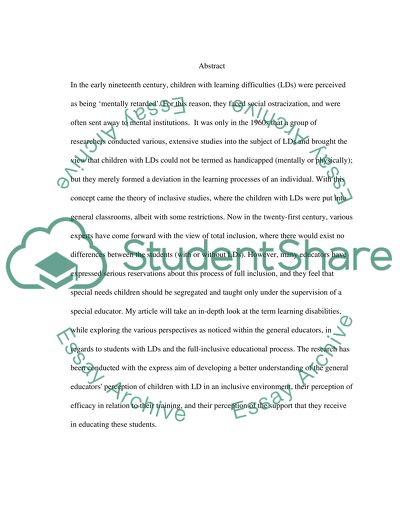Cite this document
(“Teachers' Views of The Impact of Instruction in the Inclusion Model Dissertation - 1”, n.d.)
Retrieved from https://studentshare.org/family-consumer-science/1406491-teachers-views-of-the-impact-of-instruction-in-the
Retrieved from https://studentshare.org/family-consumer-science/1406491-teachers-views-of-the-impact-of-instruction-in-the
(Teachers' Views of The Impact of Instruction in the Inclusion Model Dissertation - 1)
https://studentshare.org/family-consumer-science/1406491-teachers-views-of-the-impact-of-instruction-in-the.
https://studentshare.org/family-consumer-science/1406491-teachers-views-of-the-impact-of-instruction-in-the.
“Teachers' Views of The Impact of Instruction in the Inclusion Model Dissertation - 1”, n.d. https://studentshare.org/family-consumer-science/1406491-teachers-views-of-the-impact-of-instruction-in-the.


